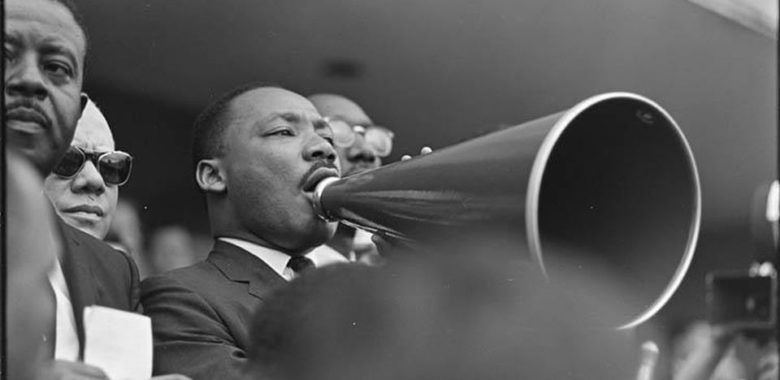Forbes.com Column by Meehan and Starkey Jonker
Forbes.com Column by Meehan and Starkey Jonker
Driving Nonprofit Impact With Dollars, Choices
We argue that the nonprofit sector is poised to become more effective — if donors can optimize their power. By voting with their checkbooks, donors can exert the power to encourage, even demand, that nonprofits address and overcome core leadership and management challenges.
How Well Does Your Nonprofit Board Measure Up?
Behind every effective nonprofit organization is an effective board of directors. Unfortunately, nonprofit boards often fall short — but there are tools that can help board members improve their performance—and the performance of their nonprofit.
A Better Approach To Winning: Lessons From The Positive Coaching Alliance
At any given time about 40 million American kids are participating in an organized sports activity. Jim Thompson, founder of Positive Coaching Alliance, shares insights on the power of positive coaching in youth’s lives and how we can tap into the immense scope of potential impact in this field.
To Lead Well, Think Hard About The Legacy That You’ll Leave
As daunting as it may sound, the time to start pondering your legacy is now. We speak with Sally Osberg (Skoll Foundation), Matt Bannick (Omidyar Network), and Chris Dawes (Lucile Packard Children’s Hospital) and share their insights from their extraordinary careers.
Creating a (New) Space: Insights from a Decade of Leadership at Omidyar Network
Matt Bannick shares his learnings from over a decade of leadership at the Omidyar Network, which was one of the first hybrid philanthropic organizations to successfully combine traditional grantmaking and impact investing.
‘Tough-Minded Optimism’: Savvy Leadership Advice From 17 Years At The Skoll Foundation Helm
Sally Osberg shares her views on strong leadership after serving for 17 years as the president and CEO of the Skoll Foundation.
Turning ‘Doing Well By Doing Good’ Into Real Millennial Social-Sector Leadership
Although millennials are more eager than students of preceding generations to pursue viable careers in social impact, simple urges to do good are not enough to make appreciable dents in the world’s most pressing problems.
Big Topic on Campus: Doing Well by Doing Good
Today, the speakers who draw the biggest and most boisterous crowds—who fill students with a yearning to follow in their footsteps—are often dedicated men and women who run “do-gooding” organizations.
A ‘Mother’s Vision’: Building And Scaling A Premier Children’s Hospital
Esteemed philanthropist Susan Packard Orr and CEO Christopher Dawes of the Lucile Packard Children’s Hospital reflect on their respective approaches to strategic leadership.
Business Strategy for the Social Sector: In Praise of Economist Sharon Oster’s 6 Forces Model
High-performance nonprofit organizations closely resemble high-performance companies—except for crucial ways in which they don’t resemble companies at all.
‘Unparalleled Leadership’: Lessons From the CEO of a Top Children’s Hospital
On the occasion of his retirement from Lucile Packard Children’s Hospital, its longtime CEO reflects on bringing people together, pursuing a vision, and other elements of leading well.
Team of Teams: An Emerging Organizational Model
The social sector is moving toward a model that emphasizes decentralized autonomy, meritocracy, and a sense of partnership—a model in which team members work together in fluid, constantly changing ways.
Our Core Principles: High Impact at Scale, Yes, but Serve Others Always
Here, the fruit of their long and rich experience, are the authors’ foundational principles as active observers, advisors, and leaders in the social sector.
How Two Figures Shaped Our Core Principles on Nonprofit and Philanthropic Leadershi
Encounters with Bill Drayton, founder of Ashoka, and Roy Prosterman, founder of Landesa, had a decisive influence on how the authors think about achieving impact at scale.
Our Call to Action: Join Together for Social Impact
Regardless of their political views, socioeconomic status, ethnicity, or gender, there is much work that all Americans can do to join together in common purpose.
Philanthropists, Nonprofit Executives, and Board Members Must Awaken to the Dawn of the Impact Era
We are entering a new era. Increasingly, philanthropists are grounding their generosity in decisions that focus on having real impact, and nonprofits are refocusing their strategies to maximize that impact.
Subscribe to receive updates on new content















